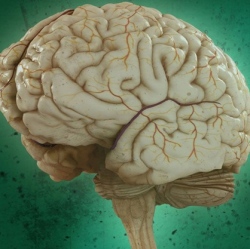
A research team has developed nanowire technology that can non-destructively record the electrical activity of neurons in fine detail. The new technology could one day serve as a platform to screen drugs and help researchers better understand how single cells communicate in large neuronal networks.
The researchers currently create the neurons in vitro (in the lab) from human induced pluripotent stem cells. But the ultimate goal is to “translate this technology to a device that can be implanted in the brain,” said Shadi Dayeh, PhD, an electrical engineering professor at the UC San Diego Jacobs School of Engineering and the team’s lead investigator.
The technology can uncover details about a neuron’s health, activity, and response to drugs by measuring ion channel currents and changes in the neuron’s intracellular voltage (generated by the difference in ion concentration between the inside and outside of the cell).
The researchers cite five key innovations of this new nanowire-to-neuron technology:
It’s nondestructive (unlike current methods, which can break the cell membrane and eventually kill the cell).
It can simultaneously measure voltage changes in multiple neurons and in the future could bridge or repair neurons.
It can isolate the electrical signal measured by each individual nanowire, with high sensitivity and high signal-to-noise ratios. Existing techniques are not scalable to 2D and 3D tissue-like structures cultured in vitro, according to Dayeh.
It can also be used for heart-on-chip drug screening for cardiac diseases.
The nanowires can integrate with CMOS (computer chip) electronics.
